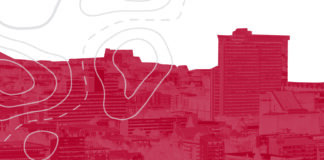In a groundbreaking initiative aimed at fortifying sustainable agriculture and bolstering food security, the consultative workshop titled ‘Overcoming Barriers to Expanding Pearl and Finger Millets in Africa’ marked a pivotal stride towards revitalizing millet cultivation across the continent. Spearheaded by the Bill & Melinda Gates Foundation in collaboration with CIMMYT and the Senegalese Institute of Agricultural Research (ISRA), the meeting convened in Senegal served as a rallying point for global experts, united in their mission to unlock the untapped potential of millets as a linchpin of sustainable agriculture and food security in Africa.
The discussions convened at the workshop were multifaceted, encompassing the identification of prevailing challenges, the root causes underpinning these challenges, and the requisite interventions necessary to address them. Through collaborative endeavors among national and international entities, including governmental bodies, research institutes, and NGOs, the workshop epitomized a concerted effort towards revitalizing millet cultivation through strategic partnerships. The proclamation of 2023 as the International Year of Millets by the United Nations General Assembly stands as a testament to the growing recognition of millets’ nutritional prowess and their viability as a crop resilient to adverse and fluctuating climatic conditions. Long overshadowed but teeming with potential, millets offer a sustainable solution for both farmers and consumers alike, boasting profitability, adaptability, and environmental sustainability in farming practices, while simultaneously providing healthier dietary alternatives for consumers.
Drawing invaluable lessons from India, a veritable powerhouse in millet production, Africa stands poised to emulate strategies that have propelled millet cultivation and consumption in the Indian context. The Indian government’s proactive measures, exemplified by the rebranding of millets from ‘coarse grains’ to ‘nutri-cereals’, have significantly elevated domestic consumption and market interest in millets, thereby illuminating a pathway for Africa to follow suit. In Africa, however, millets have been relegated to the sidelines, often stigmatized as ‘poor man’s crop’ or ‘neglected crop’, thereby influencing consumer perceptions detrimentally. By reframing the discourse surrounding millets from derogatory to empowering terminology, their image can be transfigured from a neglected option to a coveted crop in Africa.
The workshop further delved into the realms of policy advocacy and commercialization, drawing parallels with successful initiatives in India. Insights shared by representatives from Indian institutions underscored the importance of policy interventions, such as elevating the Minimum Support Price (MSP) for millets and integrating them into public meal programs, which not only incentivized farmers but also enhanced accessibility and consumption among the populace. Millets, renowned for their adaptability to diverse climates and low water requirements, harbor immense potential to address similar challenges faced by African countries in terms of climate change and food security. As such, millets can serve as a catalyst for promoting environmental sustainability and economic viability across the continent.
The workshop also shed light on collaborative endeavors at both national and international levels, emphasizing the synergy driving crop improvement and millet innovations. By aligning initiatives with local needs, as exemplified by Senegal’s multi-pronged approach, the endeavor ensures tangible impacts that resonate with the agricultural landscape and community exigencies. Furthermore, international initiatives, such as the African Dryland Crops Improvement Network and gene editing projects, underscore the global commitment towards advancing millet cultivation. The pivotal role played by organizations like the International Crops Research Institute for the Semi-Arid Tropics (ICRISAT) and the Food and Agriculture Organization of the United Nations (FAO) in promoting millets as a sustainable and nutritious food source highlights the imperative of global engagement in addressing food security challenges.
CIMMYT’s initiative in advancing dryland crop innovation aligns with broader aspirations of fostering climate resilience and sustainable agricultural development in Africa. By harnessing the potential of millets, Africa stands poised to chart a course towards a resilient and nutritious future, underlining the imperative for sustained collaboration, innovation, and investment in this vital crop sector. As the workshop drew to a close, stakeholders were galvanized by a clarion call to action, urging concerted efforts to propel the growth of the millet sector across Africa.



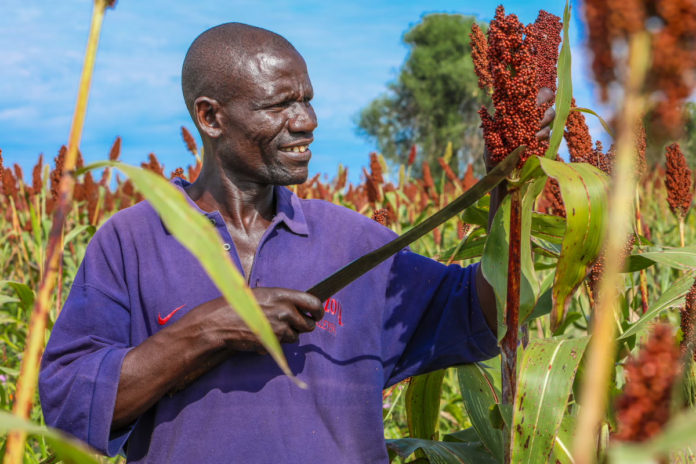
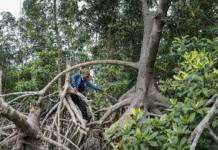
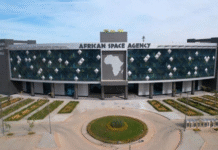
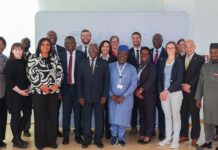
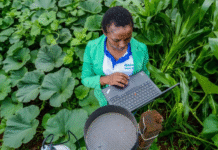
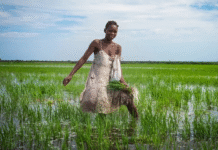
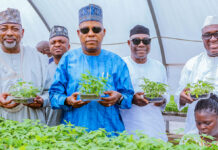






 The African Research (AR) Index is a comprehensive scholarly directory and database focused explicitly on journal publishers that publish and disseminate African research.
The African Research (AR) Index is a comprehensive scholarly directory and database focused explicitly on journal publishers that publish and disseminate African research.

